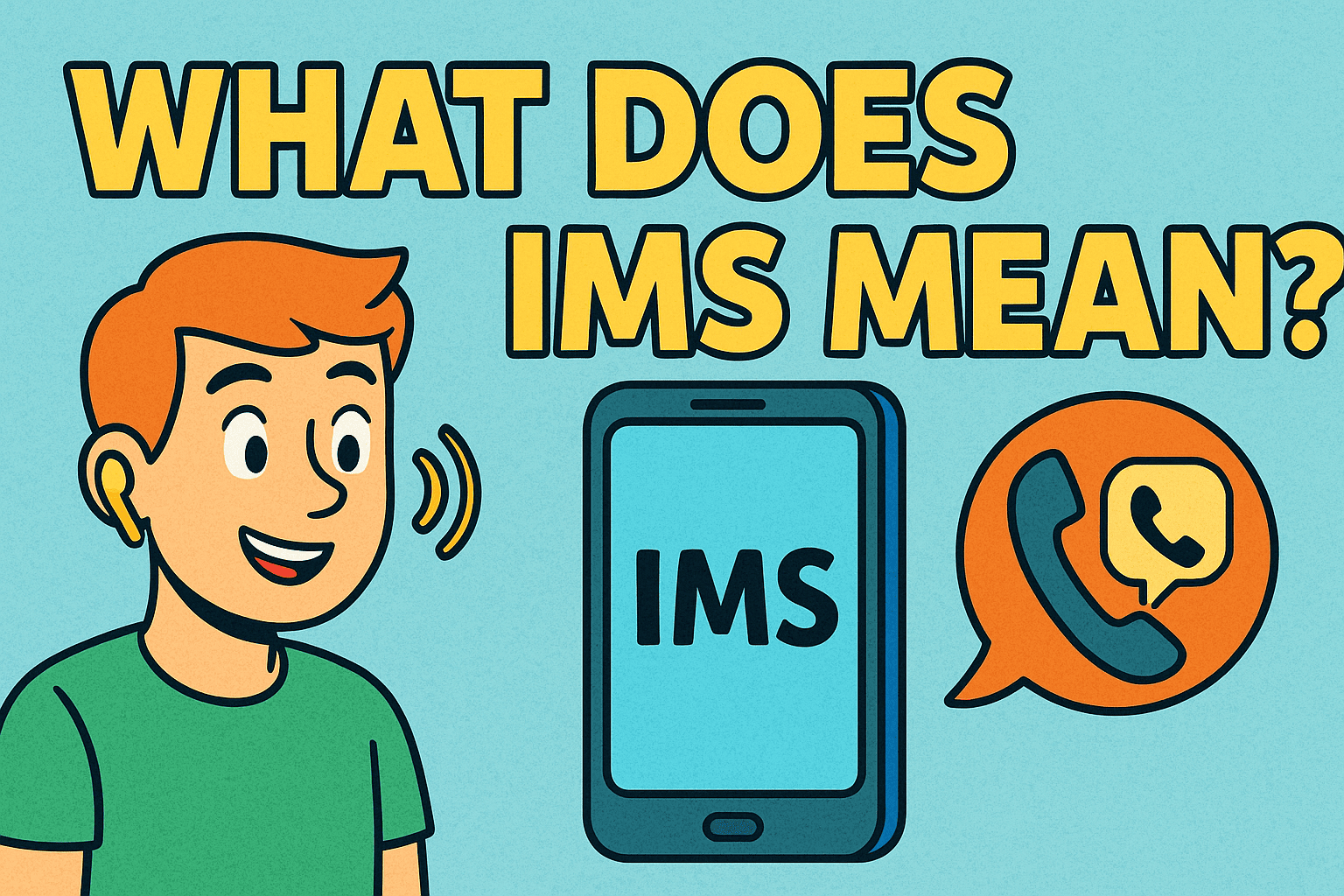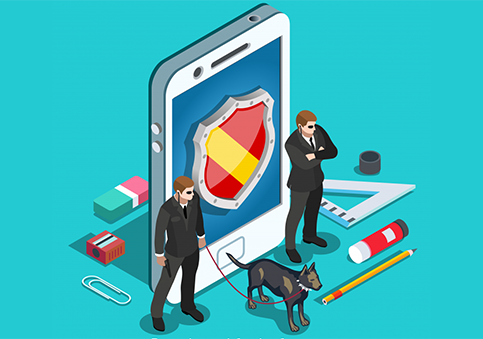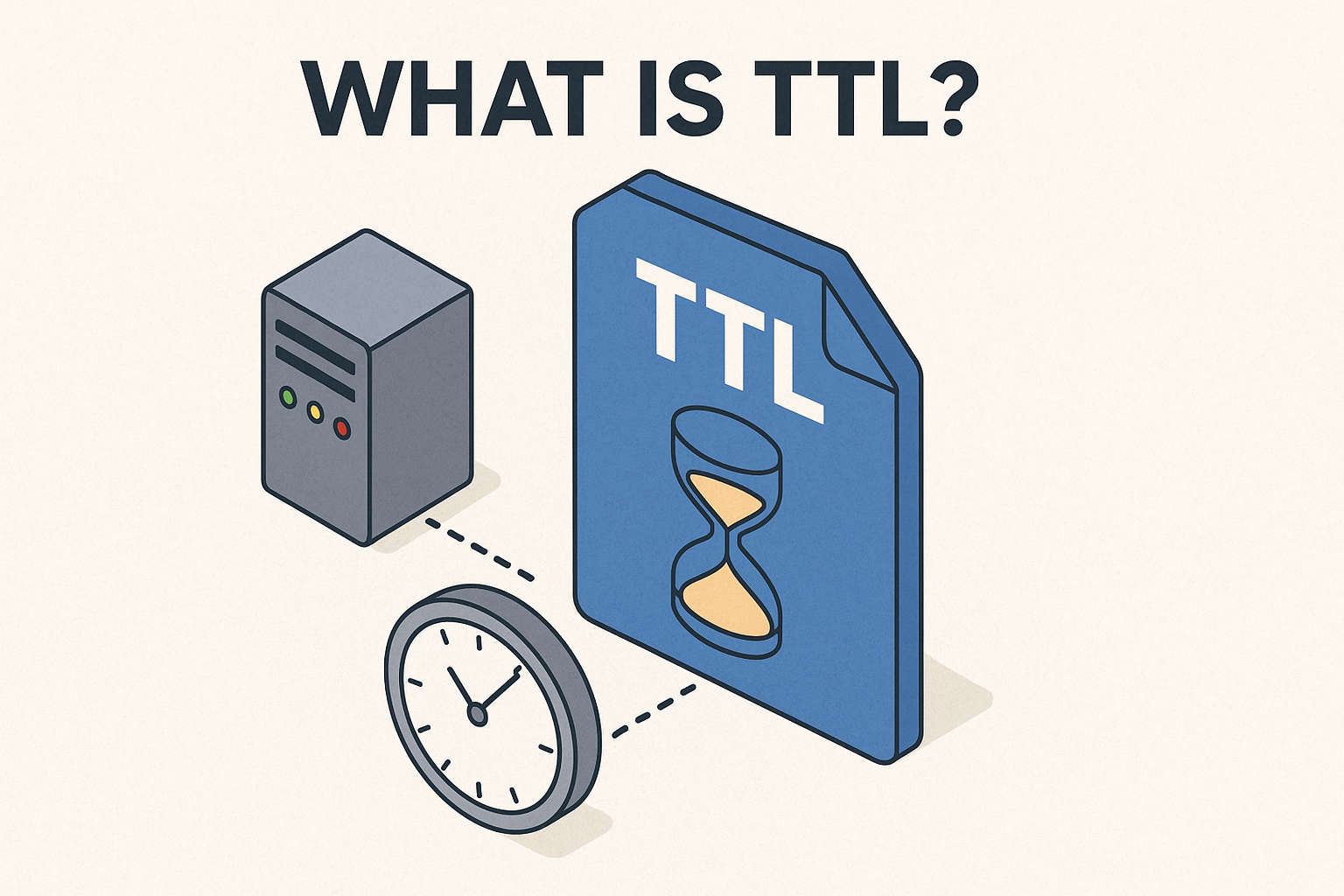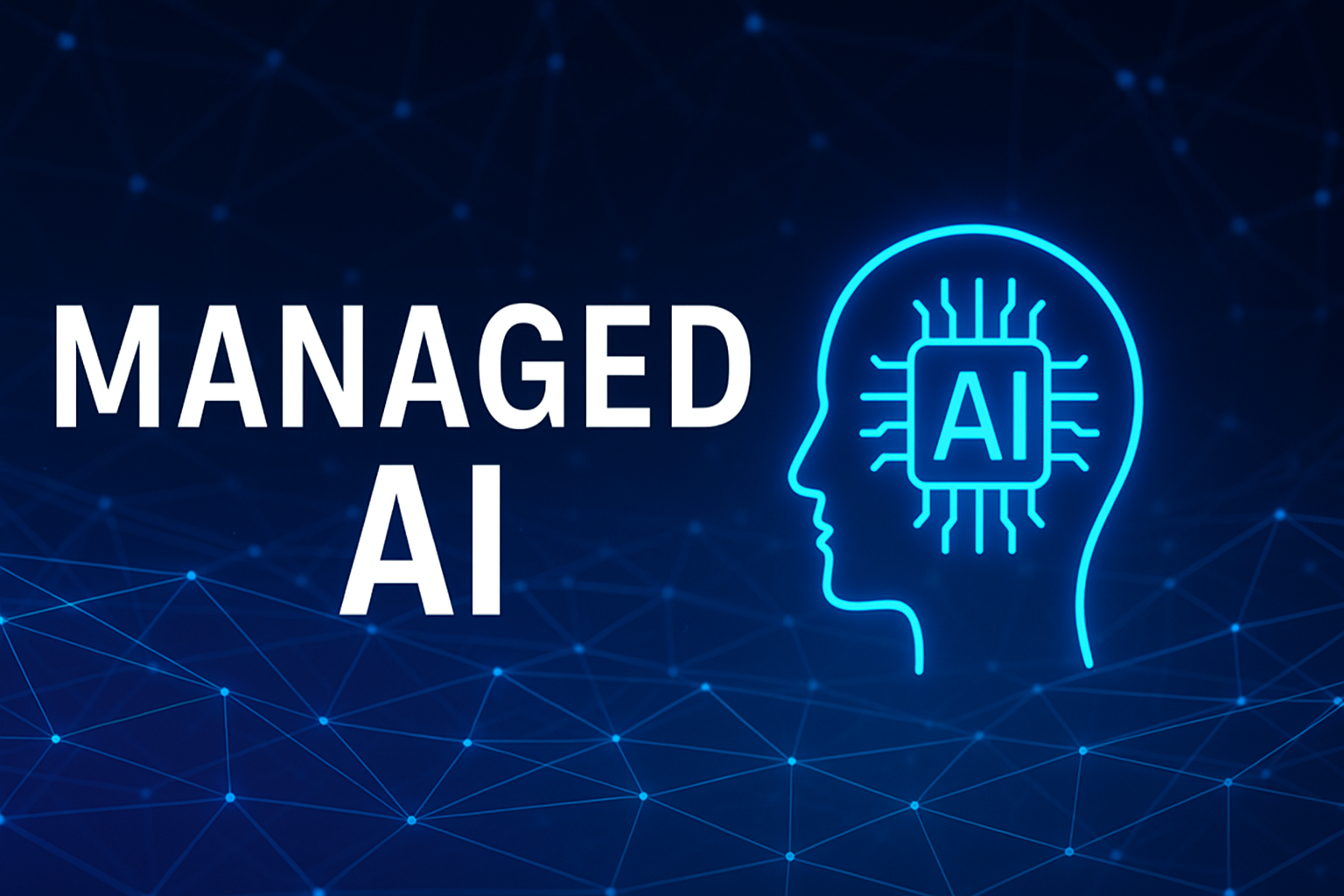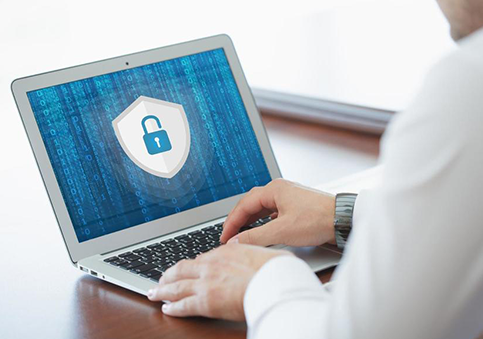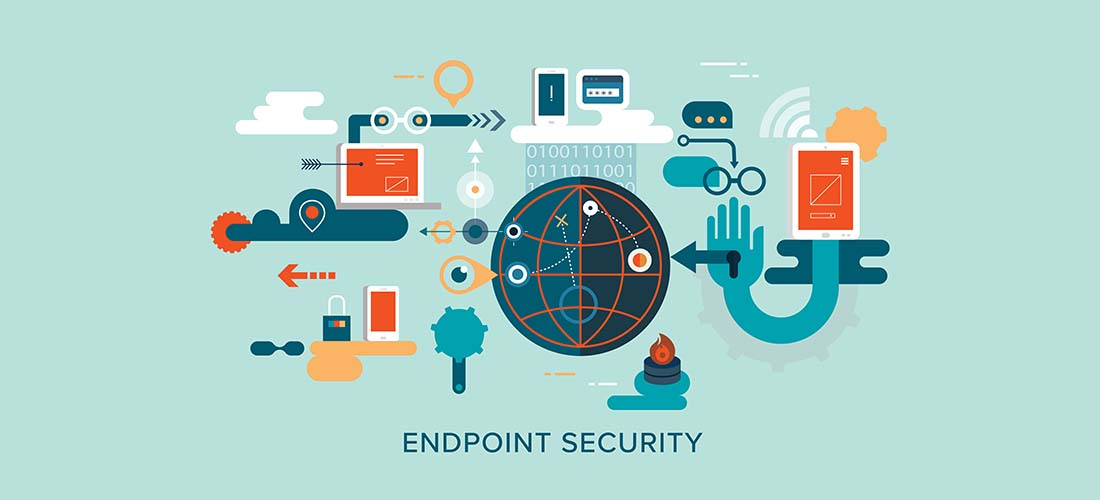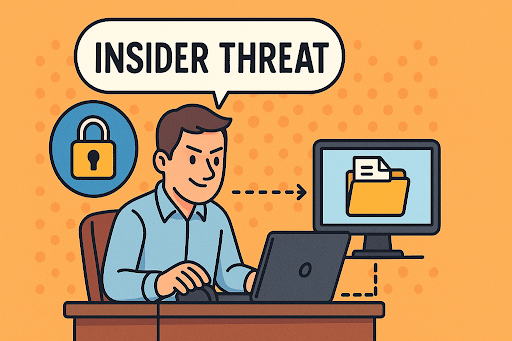Cybersecurity Best Practices: Essential Strategies for Modern Businesses
Updated on August 12, 2025, by Xcitium
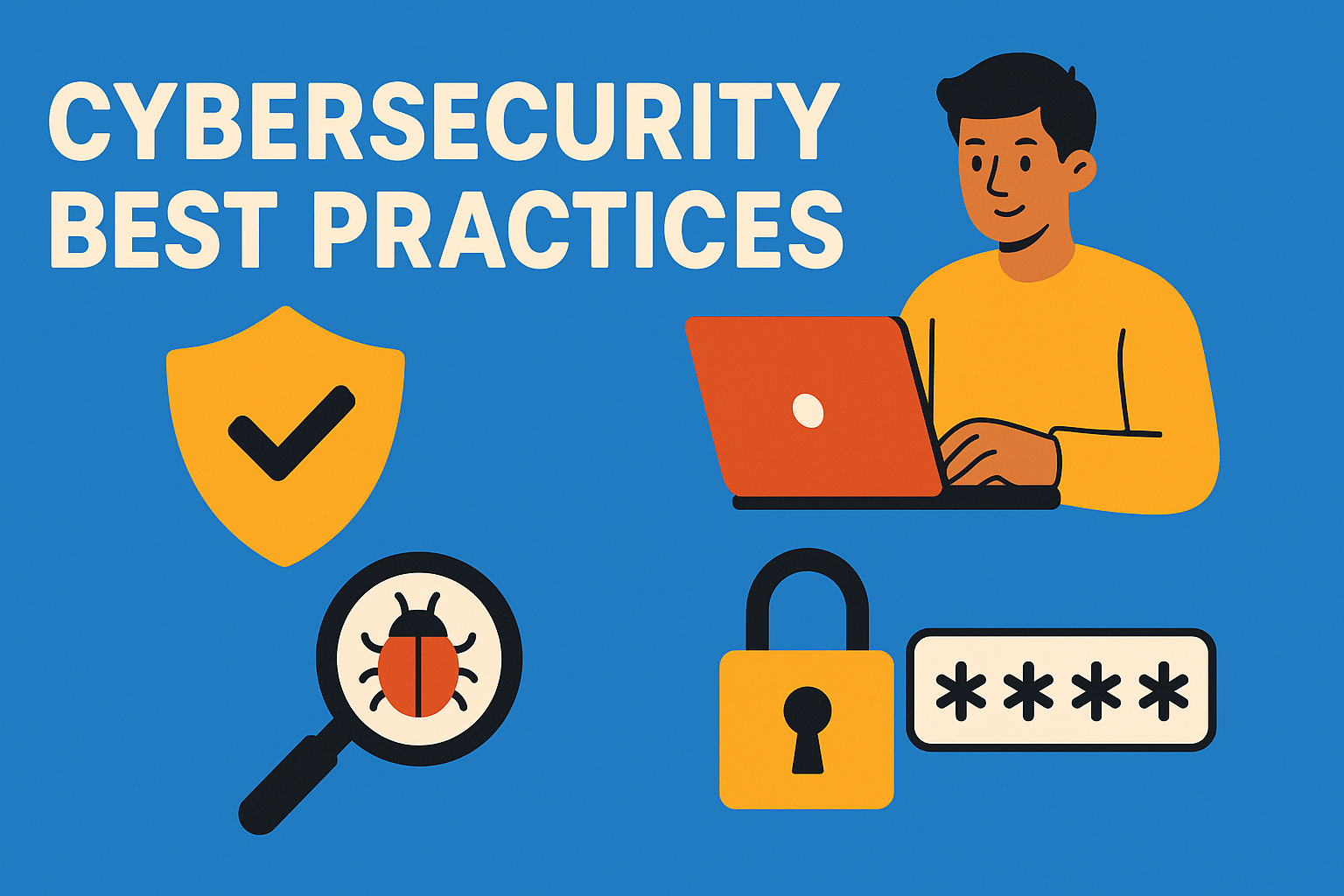
Did you know 95% of cybersecurity breaches result from human error or weak controls? In an age of sophisticated cyber threats, knowing cybersecurity best practices is more than just IT jargon—it’s a business imperative. Implementing strong policies and tools protects not only your network and data but also your brand, customers, and stakeholders.
What Are Cybersecurity Best Practices?
Cybersecurity best practices are proven methods, procedures, and tools designed to protect your systems, data, and users from cyber threats. These guidelines align with trusted frameworks like the CIS Controls and the NIST Cybersecurity Framework (CSF) to create a layered defense approach.
Core Cybersecurity Best Practices
1. Conduct Routine Risk Assessments
Understanding your risk priorities is foundational. Leverage a structured approach—like NIST CSF’s Identify function—to assess vulnerabilities and tailor defenses.
- Adopt a Defense-in-Depth Strategy
Layering controls—network firewalls, endpoint protection, access management, monitoring, and response tools—ensures resilience even if one layer fails.
- Enforce Multi-Factor Authentication (MFA)
Adding MFA significantly reduces unauthorized access, especially for privileged accounts and remote access points.
4. Implement Incident Response Planning
Prepare, simulate, and refine your storyline—including stakeholder communication and legal workflows—for fast, effective response to security events.
5. Deploy Logging, Monitoring & Analytics
Continuous visibility through logs, SIEM tools, and behavior analysis enables early detection and quick response to anomalous activity.
6. Provide Security Awareness Training
People remain the most vulnerable link. Regular, role-based training enhances security culture and minimizes human-related breaches.
7. Maintain Strong Governance & Policy Alignment
Cybersecurity must sync with legal, operational, and technical policies across the organization. Regular audits are vital.
- Align with International Standards
ISO/IEC 27001/27002 and NIST/framework adoption improves structure, maturity, and supports certifications.
Building a Secure, Scalable Cybersecurity Program
- Tailor risk controls using CIS implementation groups, adapting as you scale.
- Use NIST’s five core functions (Identify, Protect, Detect, Respond, Recover) as your program architecture.
- Create cross-functional teams and incident response plans with regular tabletop drills to ensure readiness.
Frequently Asked Questions (FAQ)
Q1: What is an incident response plan?
A documented process detailing how your organization detects, investigates, and recovers from security incidents with defined roles and communication steps.
Q2: How frequently should risk assessments be performed?
At minimum annually, but more often when significant changes occur—new systems, regulations, or business expansions.
Q3: Why is MFA important?
It increases login security by needing an additional authentication factor—significantly enhancing account protection.
Q4: How does logging assist cybersecurity?
It captures event data to detect threats, analyze impact, and support post-incident forensics.
Q5: Are ISO 27001 and NIST CSF interchangeable?
They are complementary; ISO focuses on process controls and certification, while NIST emphasizes outcomes across five cybersecurity functions.
Final Thoughts
Implementing cybersecurity best practices isn’t optional—it’s essential. Organizations that adopt risk-driven frameworks, layered defenses, effective response procedures, and ongoing training are far better positioned to resist evolving cyber threats.
Take the Next Step
Interested in enhancing your defenses with advanced endpoint protection, threat detection, or compliance controls?
👉 Request a free demo with Xcitium today to explore our tailored cybersecurity solutions.





